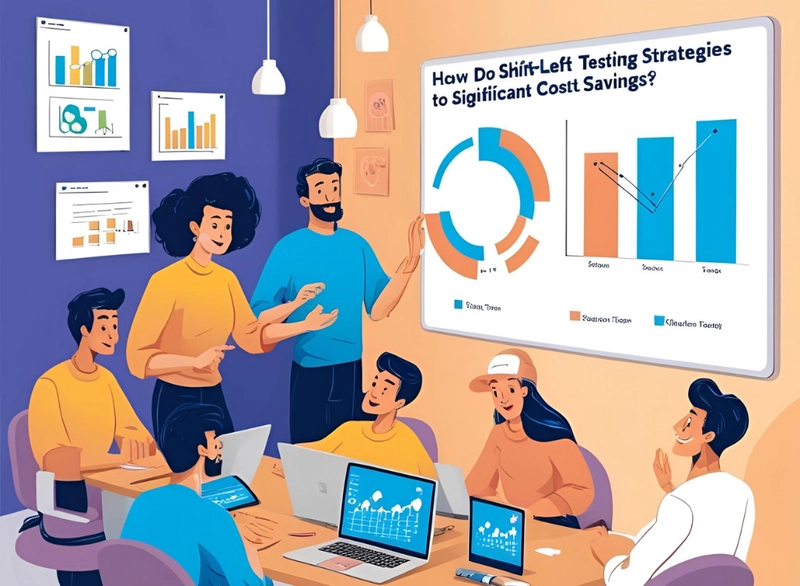
Understanding Shift-Left Testing
Shift-left testing is a proactive approach in software development that emphasizes early testing within the development lifecycle. Traditionally, testing has been conducted later in the process, often during or after development. However, by integrating testing at earlier stages — shifting it left on the timeline — teams can identify and address issues sooner, reducing costs and improving software quality.
The Cost Benefits of Early Testing
Detecting defects early significantly reduces the cost of fixing them. Studies show that a bug found during requirements gathering or coding is exponentially cheaper to fix than one discovered after deployment. The reasons for this include:
Lower Rework Costs: Identifying and fixing bugs early prevents expensive redesigns.
Faster Time-to-Market: Early detection reduces delays in development and deployment.
Enhanced Resource Efficiency: Developers spend less time debugging, allowing them to focus on feature development.
Key Principles of Shift-Left Testing
For successful implementation, organizations should focus on:
Continuous Testing: Running automated tests throughout the development cycle.
Early Collaboration: Encouraging developers, testers, and business analysts to work together from the beginning.
Test-Driven Development (TDD): Writing tests before writing code ensures that requirements are met from the start.
Automated Testing: Reducing manual effort and enabling quick feedback loops.
Role of Tools and Automation
Automation is a crucial enabler of shift-left testing. Leveraging tools for unit testing, static code analysis, and automated regression testing can streamline the process. Platforms like Genqe.ai assist teams in integrating automated testing frameworks, ensuring that issues are detected and resolved early in development.
Real-World Impact
Companies that have embraced shift-left testing report improved software quality, reduced production failures, and significant cost savings. Early defect detection minimizes the risk of critical post-release issues, enhancing customer satisfaction and brand reputation.
Conclusion
Shift-left testing is more than just a trend; it is a strategic approach that helps organizations build reliable software while optimizing costs. By incorporating early testing, leveraging automation, and fostering a collaborative development culture, businesses can stay ahead in today’s competitive landscape. Solutions like Genqe.ai support this transition, enabling teams to achieve faster and more cost-effective software releases.




Top comments (0)